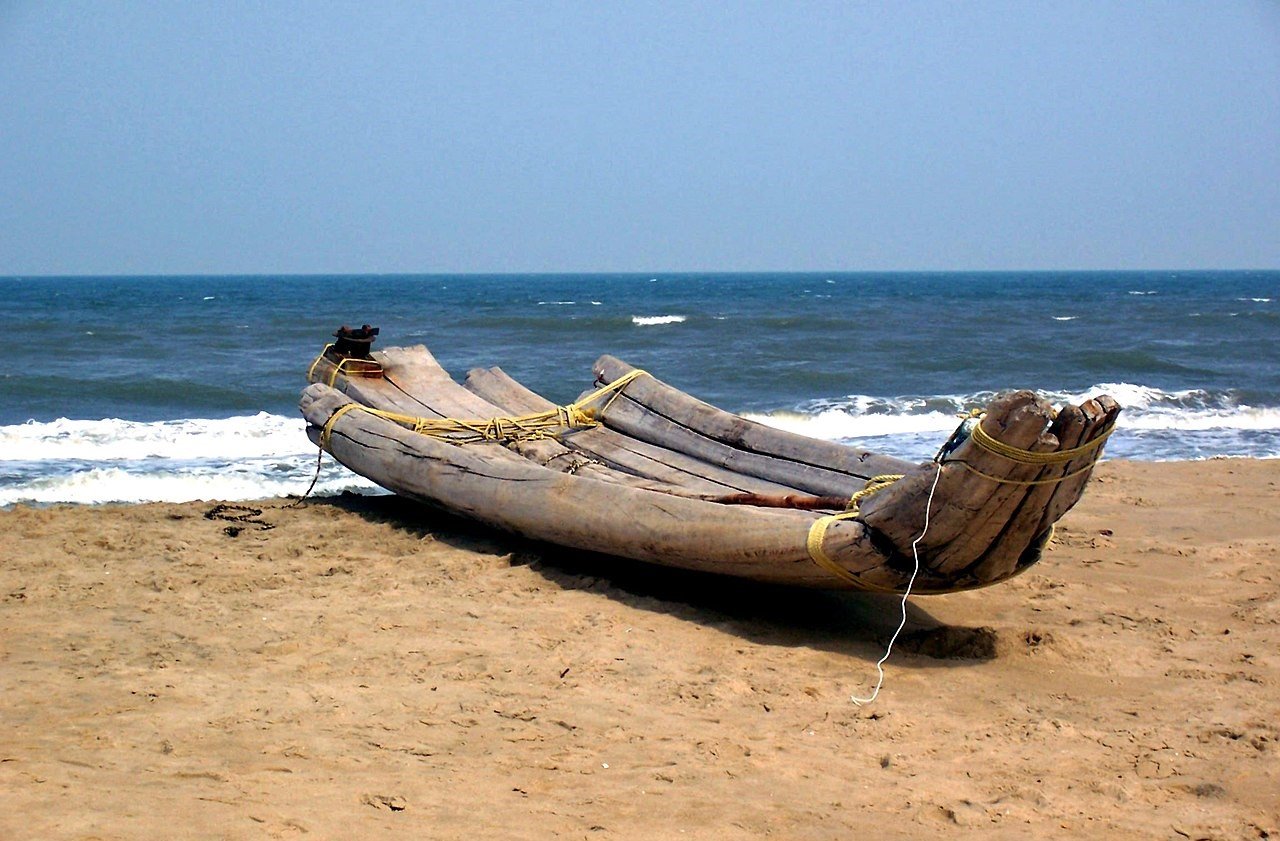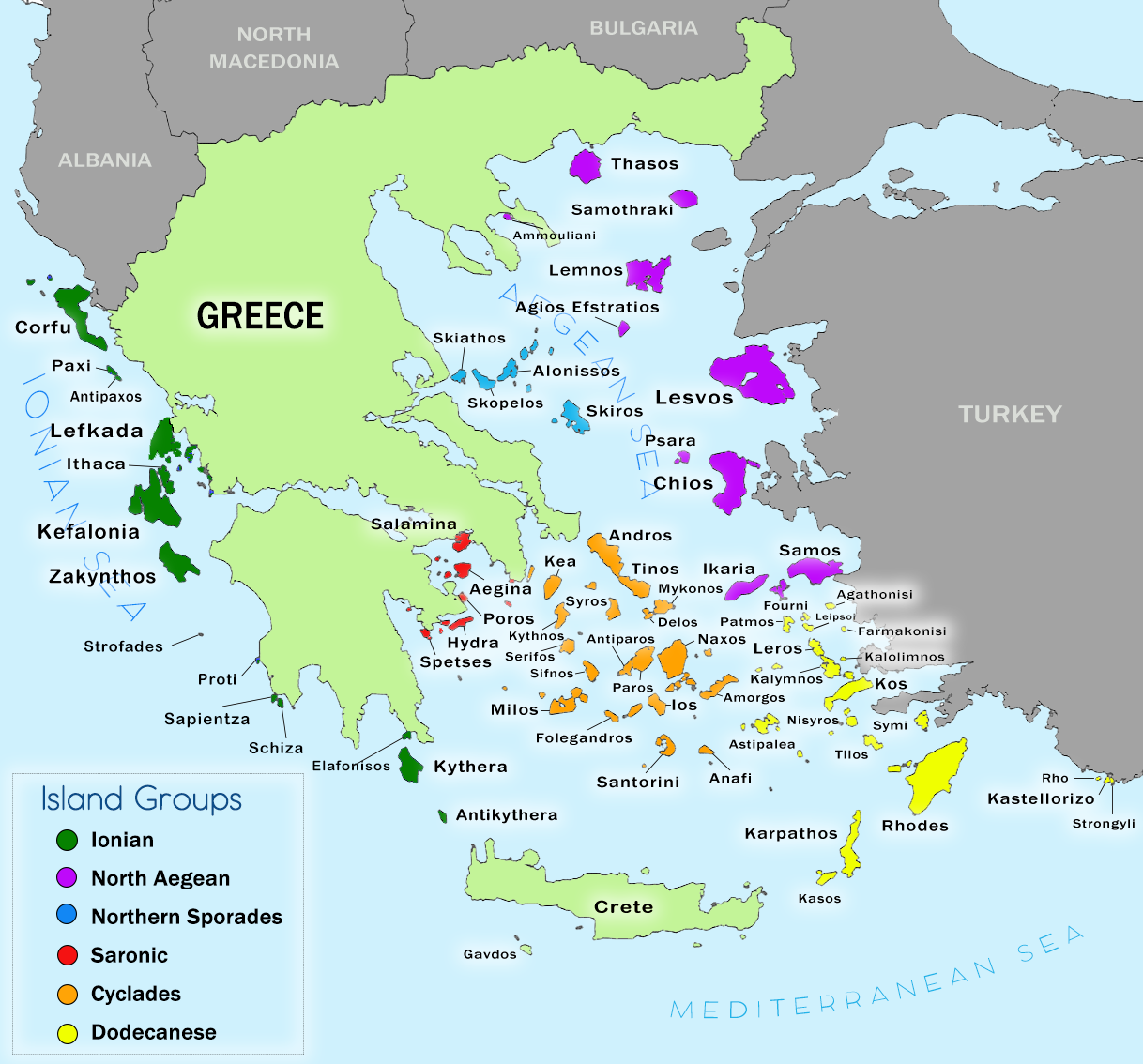
Archaic humans built boats and sailed to the Aegean Islands as far back as 450,000 years ago, according to a study published recently in Quaternary International Journal.
This predates modern human migration from Africa to Europe, which took place between seventy and one hundred thousand years ago.
Based on the discovery, it can be concluded that the ancient sailors belonged to a different hominin species altogether—likely Homo erectus. Hence, this provides yet another window into who we are today and how far our lineage stretches back into history.
The Aegean Islands are a group of Greek islands in the Aegean Sea, with mainland Greece to the west and north and Turkey to the east.
According to Greek mythology, the sea was named after the mythical hero Theseus’ father, King of Athens Aegeus (or Aegeas), who threw himself into the sea and drowned because he thought his son was dead.

Homo erectus could build and use sea vessels
After stumbling upon ancient tools in the Aegean Islands, a team of Greek scientists from the Oceanus-Lab of the University of Patras set off on an intriguing mission. They aimed to discover how these prehistoric instruments ended up in this remote expanse between Europe and Asia.
Through considerable research spanning multiple countries, their exploration yielded a remarkable conclusion that was nothing short of extraordinary.
Archaeologists have encountered evidence that our ancient ancestor, the Homo erectus, settled on the Aegean Islands hundreds of thousands of years ago. More recently, experts also uncovered Acheulean tools, which provide tangible connections to this long-extinct species that existed around 1.7 million years ago.
The Acheulean tool discovery is truly remarkable, as it suggests that Homo erectus had the capability to build and utilize water-borne vessels over one hundred thousand years ago. This implies a much greater level of intelligence than previously thought, one that enabled them to traverse vast bodies of land by sea long before modern humans even existed.
Acheulean tools found in Greece and Turkey
Evidence of the ancient Acheulean tools (Lower Paleolithic era multipurpose tools) from over one million years ago has been found in Greece and Turkey. This has led to speculations that Homo erectus groups must have specifically ventured across the seas towards new, unexplored lands.
“The human species likes to explore new places, and we know they had visibility, they could see that perhaps there was a better place to find the resources they needed: food, water and stone,” said Maria Gkioni, the lead archaeologist in the new study, in an interview with Haaretz.
Arising from their desire to populate unsettled territory, these ancient pioneers were further inspired by the potential of nearby islands. They therefore crafted boats capable of traversing large distances across turbulent waters.
https://t.co/cyKogq2Tbu Evidence Shows Archaic Humans Sailed to Aegean Islands 450,000 Years Ago https://t.co/OFUJVgBHLY pic.twitter.com/NZsEPPZTiY
— Billy Carson II (@4biddnKnowledge) December 21, 2022
Geological signature of five ancient ice ages
Scholars have proposed a bold theory to explain the distribution of Acheulean tools recently discovered on various Aegean Islands. During past Ice Ages, intrepid hopefuls may have ventured across ancient land bridges that connected the Greek and Turkish mainland with these more far-flung locales.
As temperatures cooled and seas receded, the tool makers stepped out in search of new frontiers, leaving behind their handiwork as evidence for future generations.
After a great deal of study, the Oceanus-Lab scientists worked on testing their intriguing theory. Aided by geological data extracted from river deltas throughout the area, they sought to discover how much sea levels had fluctuated over 450,000 years. They went as far back in time as possible.
The research team also tracked subsidence rates on various Aegean Islands and applied plate tectonic theories to gauge their elevation at different points in history.
Through their innovative methodology, scientists unearthed evidence of a tumultuous past on Earth. Not only were they able to detect five ancient Ice Ages and warmer periods that repeatedly alternated over time, but they also discovered sea levels in the area had plummeted by as much as 225 meters (739 feet) during the most extreme glacial period.